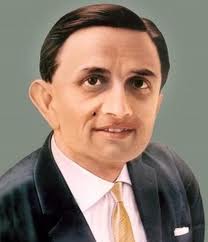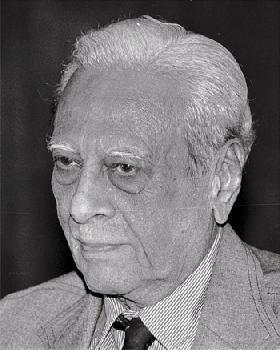India in space
The History of Indian Space Programme
Space technology has allowed the nation of India to move into the world of high technology, a place previously occupied only by more-developed nations.
Indian space programme began in 1962 by the setting up of Indian National Committee for Space Research (INCOSPAR). The space program concentrated on achieving self reliance and developing capability to build and launch communication satellites for television broadcast, telecommunications and meteorological applications; remote sensing satellites for management of natural resources.
In recent years, India has concentrated much of its space development work on complex applications satellites and more powerful rockets. The nation's two main interests are satellites for remote sensing and communications -- used for weather pictures, disaster warnings and feeds to 552 television and 164 radio stations on the ground.
Indian Space Pioneers
Vikram Sarabhai
 |
Vikram Ambalal Sarabhai founded India 's space program after envisioning Indian satellites that could provide communications, meteorology, remote sensing, and direct-to-home television broadcasting. |
He set up of the Thumba Equatorial Rocket Launching Station and began manufacturing sounding rockets in India . He drew up plans to transmit education to remote villages across India with the Satellite Instructional Television Experiment (SITE).
After Sarabhai died in 1971, the Vikram Sarabhai Space Center (VSSC) in Tiruvananthapuram is named for him.
Satish Dhawan Another early developer of India 's space program was Satish Dhawan. He was the longest serving director of the Indian Institute of Science when he died in 2002. |
 |
